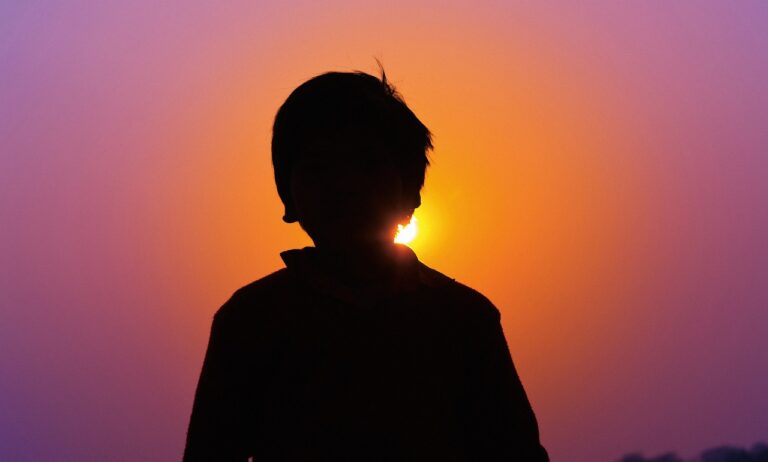Responsible Travel Photography: Ethical Considerations and Best Practices
When traveling to different parts of the world, it is essential to consider the ethical implications of taking photographs. While capturing stunning landscapes and vibrant cultures can be captivating, it is crucial to do so with respect and sensitivity towards the people and places being photographed. Ensuring that individuals are comfortable with having their pictures taken and asking for permission before snapping a shot is a fundamental aspect of ethical travel photography.
Moreover, it is important to avoid exploiting local communities for the sake of a striking image. Instead of objectifying individuals or portraying them in a stereotypical manner, strive to depict them in a dignified and authentic light. By approaching travel photography with integrity and mindfulness, we can create meaningful connections with the people we encounter and share their stories in a respectful way.
Respecting Local Cultures and Customs
When traveling to different countries, it is crucial to be aware and respectful of local cultures and customs. Understanding and adhering to the norms and traditions of the community you are visiting shows a sign of respect and appreciation for their way of life. By embracing the local customs, you not only have a more enriching experience, but you also demonstrate your willingness to learn and adapt to the diverse cultures of the world.
Participating in local traditions, such as festivals or ceremonies, can provide a deeper insight into the cultural significance and values of the community. It is essential to approach these experiences with an open mind and a willingness to engage respectfully. Being mindful of your actions and their potential impact on the local culture can help foster mutual understanding and create positive interactions between travelers and locals.
Minimizing Environmental Impact
When photographing in natural settings, it is crucial to be mindful of the surroundings. Avoid trampling on vegetation or disturbing wildlife for the sake of capturing a shot. Remember, the goal is to document the beauty of the environment while leaving it untouched and unharmed.
In addition, refrain from using artificial lighting excessively, especially in delicate ecosystems. Artificial lights can disrupt the natural rhythms of nocturnal animals and contribute to light pollution. Embrace the existing lighting conditions and adjust your camera settings accordingly to capture the scene authentically without causing harm to the environment.
Why is it important to minimize environmental impact while traveling?
It is important to minimize environmental impact while traveling to preserve the natural beauty of destinations for future generations and reduce our carbon footprint.
How can travel photographers practice ethics in their photography?
Travel photographers can practice ethics in their photography by obtaining permission before taking photos of individuals, respecting local customs and traditions, and avoiding exploitative or staged shots.
What are some ways to respect local cultures and customs while traveling?
Some ways to respect local cultures and customs while traveling include learning about the customs and traditions of the destination, dressing modestly, and being mindful of your behavior and interactions with locals.
How can travelers minimize their impact on the environment?
Travelers can minimize their impact on the environment by reducing waste, avoiding single-use plastics, using public transportation or walking instead of driving, and supporting eco-friendly accommodations and tour operators.





